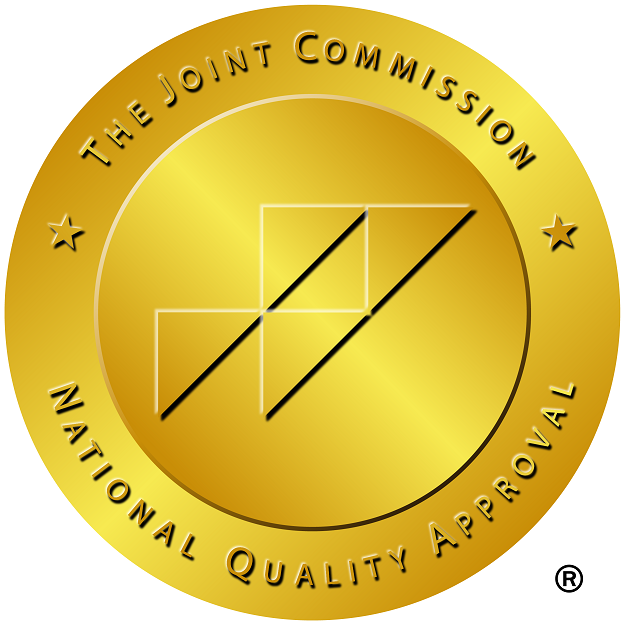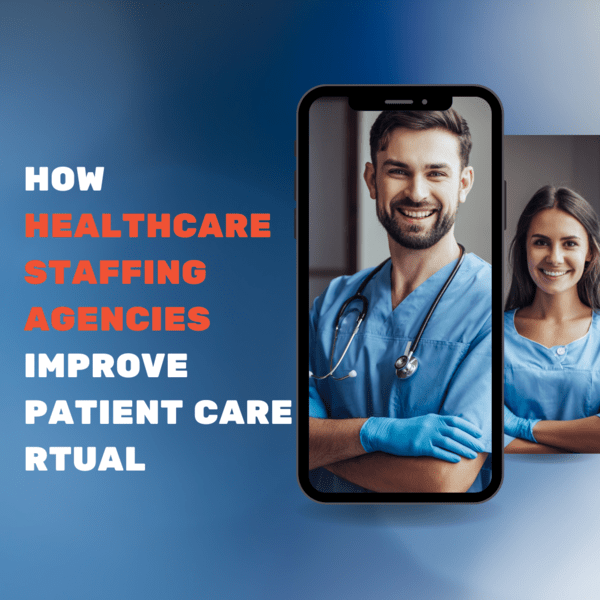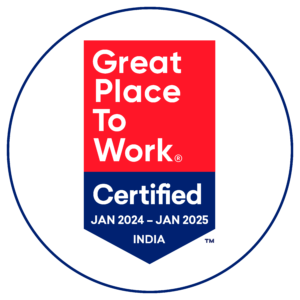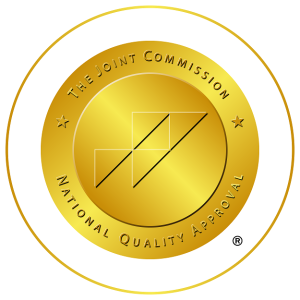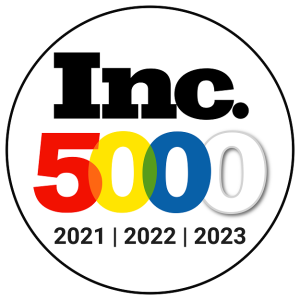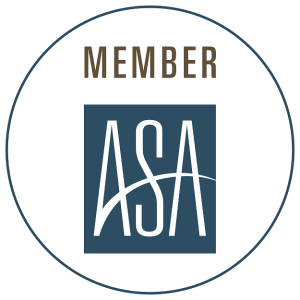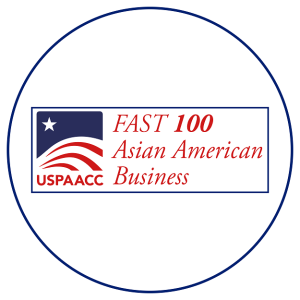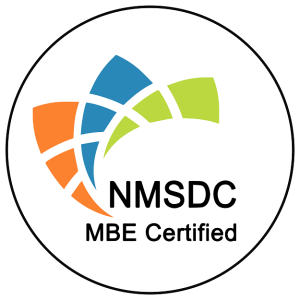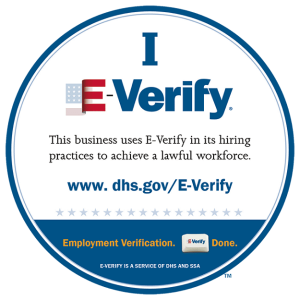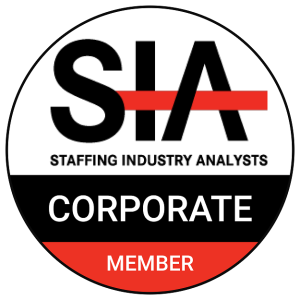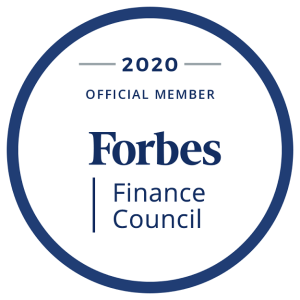Future of Healthcare Staffing in the USA: Embracing Change with Emonics Healthcare
The healthcare landscape in the United States is undergoing a significant transformation, and at the heart of this change lies the future of healthcare staffing. With the demand for top-tier healthcare services continually increasing, the importance of innovative solutions to cater to the dynamic needs of patients cannot be overstated.
This article delves into the world of non-traditional staffing models and data-driven staffing strategies with a focus on the pioneering efforts of Emonics Healthcare. However, before we explore these innovative approaches, it’s crucial to grasp the shifting dynamics of healthcare staffing.
The Changing Face of Healthcare Staffing
Healthcare staffing is a dynamic and challenging sector, marked by several key challenges and trends. Let’s take a closer look at these factors:
1. Shortage of Healthcare Professionals
A pressing issue in healthcare staffing is the scarcity of skilled professionals. Factors such as advanced medical technology, the prevalence of chronic illnesses, and an aging population have made an increased demand for healthcare services. However, the supply of qualified professionals lags behind, leading to staffing shortages, overburdening existing healthcare staff, and potentially compromising patient care quality.
2.Competition for Talent
The ever-growing demand for healthcare professionals necessitates healthcare organizations to compete for top talent. This competition is particularly fierce in fields like primary care and nursing. To stay ahead of competitors, healthcare organizations are compelled to offer attractive compensation packages, benefits, incentives, signing bonuses, and flexible work arrangements.
3.Technology and Data Analytics
The incorporation of cutting-edge technology and data analytics is a pivotal trend in healthcare staffing. Healthcare organizations are harnessing technologies like machine learning and artificial intelligence to streamline their staffing processes. Predictive analytics tools are employed to assess patient demographics and historical data to forecast staffing requirements accurately. Additionally, applicant tracking systems and AI-driven recruitment platforms are automating the hiring process, enhancing efficiency and effectiveness.
4.Telehealth and Virtual Care
The COVID-19 pandemic has revvedthe adoption of telehealth services and virtual care, bringing new opportunities for healthcare professionals. Roles like telemedicine providers, remote patient monitoring specialists, and telehealth nurses have emerged as the healthcare sector transitions from traditional care to virtual alternatives. This shift extends healthcare services to remote patients while providing flexibility for healthcare professionals to work remotely.
5.Workforce Diversity and Inclusion
Diversity and inclusion are gaining prominence in healthcare staffing. Recognizing the advantages of a diverse workforce in providing culturally competent care & improving patient outcomes, healthcare organizations are taking steps to diversify their staffing. Strategies are being implemented to attract and retain skilled healthcare professionals from various backgrounds, addressing healthcare outcome disparities and creating inclusive work environments.
Embracing Technology for Effective Staffing Solutions
The utilization of technology in staffing solutions offers numerous benefits for both employers & job seekers in the healthcare sector. Here are some key advantages of adopting technology in healthcare staffing:
1.Automation of Administrative Tasks
The most significant advantage of technology-driven staffing solutions is the automation and streamlining of administrative tasks. Recruitment software and applicant tracking systems (ATS) simplify tasks such as resume management, interview scheduling, and candidate progress tracking, significantly reducing the time and effort required to manage applications.
2.Facilitated Communication
Technology-based staffing solutions enable seamless communication between employers and candidates. Traditional communication methods like email & phone calls can be slow and inefficient, leading to delays and miscommunication. Advanced communication channels, such as video conferencing tools and instant messaging platforms, offer real-time interaction, allowing prompt interview scheduling and query resolution.
3.Access to a Larger Talent Pool
Technology empowers employers to access a broader talent pool, surpassing geographical boundaries. It is beneficial in regions with limited access to certain healthcare professionals. By leveraging technology, employers can reach potential candidates from various locations, increasing the likelihood of finding the right fit for staffing needs.
4.Enhanced Data Analysis
Technology-driven staffing solutions enhance data analysis capabilities, enabling employers to make informed decisions. Data analysis tools help collect and process vast amounts of data, providing insights into hiring metrics, candidate profiles, and qualifications. This data-driven approach aids in identifying market trends, making informed adjustments, and assessing the effectiveness of recruitment strategies.
5.Improved Collaboration and Coordination
Integrating technology in healthcare staffing fosters seamless collaboration and coordination within the recruitment team. Collaboration tools and cloud-based platforms enable real-time access and sharing of candidate information, regardless of location. This enhances teamwork, reduces redundancies, and promotes effective decision-making, ultimately improving the quality of hires.
Adapting to Non-Traditional Staffing Models
As the healthcare industry evolves, traditional staffing models are being challenged by the need for greater accessibility to healthcare services, flexibility, and cost-effectiveness. Non-traditional staffing models have emerged as a viable alternative, offering innovative solutions to meet these demands. Here are the benefits of embracing non-traditional staffing models in the healthcare industry:
- Swift Response to Fluctuations
Non-traditional staffing models enable healthcare settings to respond promptly to changing staffing needs and patient volumes. Unlike the traditional model, which relies on a fixed number of full-time employees, non-traditional models, such as locum tenens and temporary staff, provide flexible solutions to supplement the existing workforce during peak periods or unexpected shortages. This flexibility prioritizes patient care and optimizes resource allocation.
- Cost-Effective Solutions
Non-traditional staffing methods offer cost-effective solutions for healthcare organizations. Hiring full-time staff involves substantial expenses, including training, salaries, and benefits. Non-traditional staffing arrangements are typically temporary and work-based, allowing healthcare professionals to be compensated on an as-needed basis. This approach enables healthcare organizations to manage costs by adjusting staffing according to patient needs, avoiding the financial burden of maintaining full-time staff during low-volume periods.
- Access to Specialized Expertise
Non-traditional staffing solutions provide access to specialized expertise, helping healthcare organizations meet the high demand for specialized providers and advanced services. Temporary staffing and locum tenens arrangements offer access to healthcare professionals with specialized knowledge and skills in niche areas. This enables healthcare organizations to deliver comprehensive patient care and address the unique needs of their patient population without committing to hiring full-time professionals.
- Increased Access to Healthcare Services
Non-traditional staffing solutions enhance access to healthcare services, particularly in underserved areas. For example, telehealth professionals offer virtual consultations to patients in remote regions where access to healthcare is limited. By leveraging advanced technology, healthcare organizations bridge geographical gaps, ensuring prompt patient care. This is particularly valuable in areas with a shortage of healthcare providers or specific specialties.
- Enhanced Patient Care
Non-traditional staffing models contribute to improved patient care and continuity. Staffing shortages in healthcare organizations can lead to gaps in care, reduced service access, and longer wait times, potentially compromising patient care. Temporary staff and locum tenens professionals can fill these gaps and cover shifts, ensuring uninterrupted, high-quality patient care. This continuity builds trust in healthcare services and creates a positive patient experience.
In Conclusion
In conclusion, the US healthcare staffing industry rapidly evolving to meet increasing demands and technological advances. Emonics Healthcare and similar agencies are leading the charge in embracing innovation, non-traditional staffing models, and technology-driven solutions. The future of healthcare staffing is poised for efficiency, adaptability, and a continued focus on patient care. As we move forward, change remains the only constant in this dynamic field, and those who embrace it will thrive.

